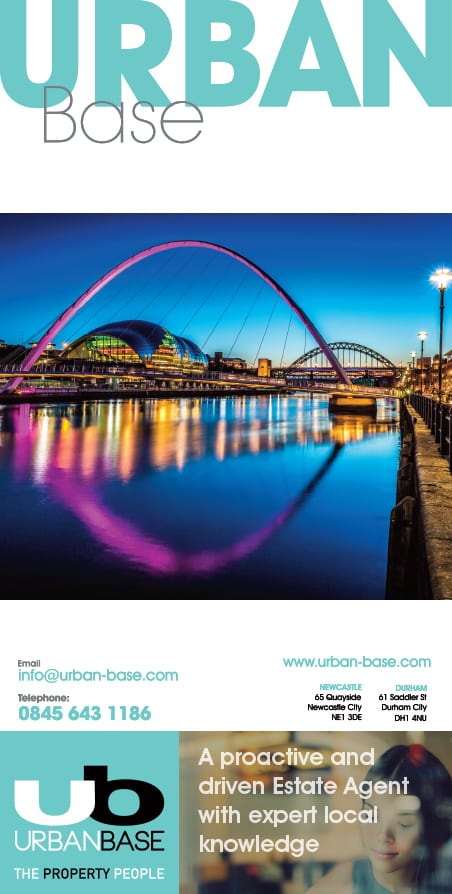Patrick Matheson, Partner at Knight Frank Newcastle, shares his thoughts on how business leaders can attract and retain talent by getting their workplace right.
Right now in the North East office market, there is a firm trend towards a ‘flight to quality’. Businesses looking to occupy offices are increasingly seeking the better buildings which offer space with added value features.
The ‘war for talent’ is one of greatest disruptive forces facing modern business. As well as being the biggest operating cost, staffing is consistently recognised as the number one challenge facing business. With record employment in the UK and an acute national skills shortage, firms are required to nurture and utilise every competitive advantage they have in order to win this war. Real estate is recognised as one of these sources of competitive advantage.
It is the clever, well-located, well-thought-out contemporary buildings that allow businesses to retain and attract employees. Employees are no longer as accepting of mediocre, bland, traditional offices spaces especially in the tech and creative sectors, and other sectors are following suit.
When you consider that the cost of replacing a staff member is an average of 150% of that person’s salary then scrimping on 50p or a pound a square foot on your offices might be a false economy if the space taken increases your staff churn rates.
The savvy business owners are realising this and landlords are seeing the need to provide amenity rich, highly serviced spaces which, together with a quality fit-out, serve to secure occupiers.
So, how is the market adapting and shaping buildings to meet this ‘flight to quality’ trend? Four key themes that businesses and landlords need to consider in creating the right space:
1. Amenity rich – Locations need to have easy access to location perks like dining, entertainment, and public transportation but the office buildings themselves also need to have facilities that give them an edge, like common break out/informal meeting space, inspiring décor, showers and lockers, indoor cycle stores, for example.
Some recent research by Knight Frank explored what the present generation of students expect of their future workplace and concluded that attracting and keeping graduate talent will require flexible, progressive and inspiring workplaces. The students said they want stimulating spaces, beyond functional necessities, to make work feel purposeful and, above all, features that facilitate teamwork (also virtually).
2. A sense of place and community Talented workers want to feel part of something bigger than just their business. Successful buildings promote a strong brand identity through active estate management and the creation of on-site communities. Quorum Business Park does this very well with things like on site sports courts, hundreds of events a year and a discounts scheme for employees, for example, but it shouldn’t just be the domain of large business parks it can be successfully implemented in smaller office developments too.
3. Connectivity IT connectivity is key. WireScore is becoming the industry benchmark for assessing an office building’s IT capabilities. At the moment, only one building in Newcastle has a Wired Certificate, which is The Pearl . I’m sure there will be more very soon as more landlords see the need to provide the right IT infrastructure to tenants.
4. Supporting health and well-being Modern employees give greater emphasis to health and fitness. The Well Certificate is now the clear benchmark to advance health and wellbeing in buildings through design. Things like making the stairs more obvious and accessible than the lifts to promote healthy choices and promoting clean air and minimizing the source of indoor air pollution are examples of how buildings can be better designed to interact with humans and align with the health and wellbeing agenda. There are certainly examples of this coming through the North East office market. Barclays House on Grey Street, the Pearl, and Quorum are examples of landlords who are investing heavily in amenity such as break out space, meeting rooms, tenant lounges, retail and sport.
Looking further forward these themes are also being adopted in the new workplaces being developed in our region such as at Milburngate in Durham City Centre and Vaux in Sunderland City Centre.

